Technological breakthroughs in management, administration and operations
According to PVCFC Digital Transformation Manager Nguyen Minh Tam, a smart factory is not simply automation, but a production model that synchronously applies breakthrough technologies in management, administration and operation. The ultimate goal is to optimize processes, increase efficiency, reduce costs, ensure safety and enhance competitiveness.
Smart factories have highlights such as smart connectivity - when machinery systems, sensors, ERP/MES software are linked and share data in real time; automatic decision making - thanks to the ability to analyze data, self-adjust production, predict errors and maintenance; flexibility - ready to quickly adapt to market fluctuations; advanced data analysis - exploiting Big Data to predict trends, support management strategies.
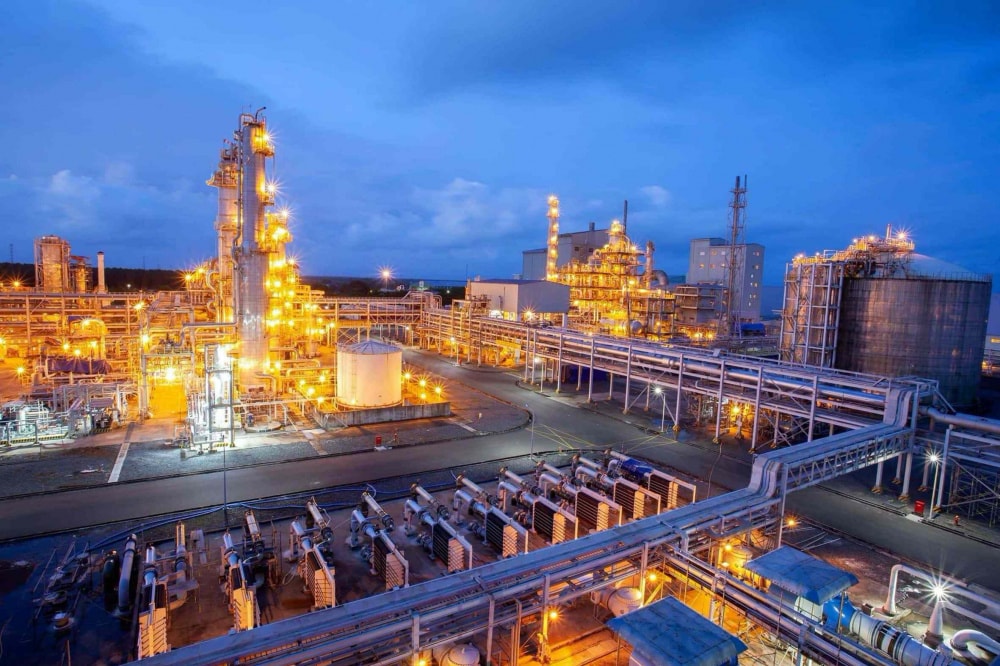
The development process does not happen in one step, but goes through many levels. According to Singapore's Smart Industry Readiness Index (SIRI), Level 1 (Analog factory) - manual, not digitalized, work mainly relies on human experience, distributed data, manual processing.
Level 2 (Digitized factory) - partially digitized, SCADA, ERP applied, data is still local, automation in some stages. Ca Mau Fertilizer Plant is currently at this level and gradually moving to level 3.
Level 3 (Connected factory/Integrated factory) - integrated factory, with synchronized integrated data, basic IoT, MES and AI applications to support decision making.
The highest level (Autonomous factory) - autonomous factory, is the goal that PVCFC is aiming for: comprehensive integration, the system has the ability to automatically analyze and make decisions, almost all production - operation - management activities are automated.
"C " transformation does not replace people
At each level, the benefits of the model become increasingly evident: reduced downtime, optimized performance, improved quality, efficient maintenance and supply chain management, improved worker safety, reduced emissions and energy savings.
The "human" factor is always at the center of the process of building a Smart Factory. At the production control layer (layer 2 - according to ISA-95 standard), direct operations at the production line are basically unchanged. The difference lies in the management and operation level: thanks to digitized and connected data, leaders and management engineers can monitor the entire process through a centralized monitoring system, instead of relying entirely on manual reports.
This helps reduce the workload for management staff, increase transparency and support data-based decision making instead of relying solely on experience. Operators still ensure stability on the field, while management gradually changes roles, from "manual monitoring" to "data management and efficiency optimization".
At higher levels (layers 3 and 4 - according to ISA-95 standard), when data is integrated in real time and AI is applied, the human role continues to change significantly: from manual monitoring and reaction to proactive analysis, improvement and creation of data-based solutions. The essence of transformation is not to replace people, but to change the way people participate in the production process - from manual implementation to technology-based exploitation, management and decision making. Workers are freed from manual operations, spending more time on data analysis, innovation and process improvement.
The construction of the "Smart Factory" not only serves the Ca Mau Fertilizer Plant internally, but also contributes to the realization of the National Digital Transformation Strategy, the Sustainable Energy Strategy and the Power Plan VIII, which emphasizes the requirements of reducing emissions, saving energy, and promoting green industry. A chemical - fertilizer factory at the tip of the land not only produces nutritional products for crops, but also becomes a testament to the country's technological capacity, demonstrating its commitment to integration and sustainable development.
The goal of Ca Mau Fertilizer Plant is to reach level 4 - Fully autonomous - Smart Plant. At that time, the system will automate almost all operations, make decisions based on real-time data, aiming for safe production, energy saving, and emission reduction.
Furthermore, this model will not only stop at the scope of a factory, but also spread to the entire agricultural supply chain. Fertilizers are integrated with digital data, farmers can manage crops with smart applications, even rely on technology to transparently track inputs and outputs. This is a testament to the long-term vision of building a modern, sustainable factory, a pioneer in the Vietnamese industry.
In the Vietnamese fertilizer industry, Ca Mau Fertilizer is a pioneer in applying AI, IoT and Big Data into operational management. Ca Mau Fertilizer has turned the concept of "Smart Factory" into reality. This is not only a competitive advantage for the enterprise, but also opens up valuable lessons for the entire chemical - fertilizer industry in the digital transformation journey. Ca Mau Fertilizer Plant aims to reach level 4 - a completely autonomous - smart factory.
Source: https://daibieunhandan.vn/dam-ca-mau-huong-toi-muc-tieu-nha-may-tu-chu-thong-minh-hoan-toan-10389248.html








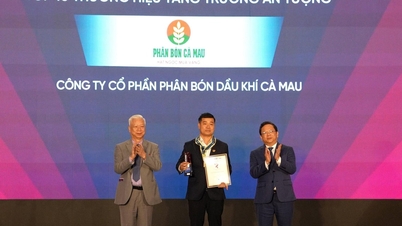
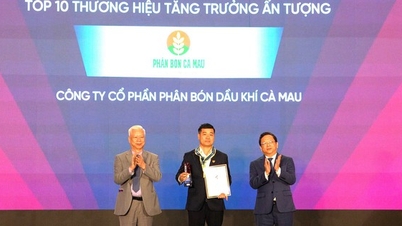

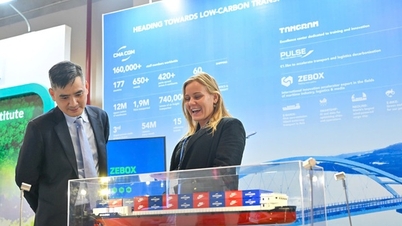
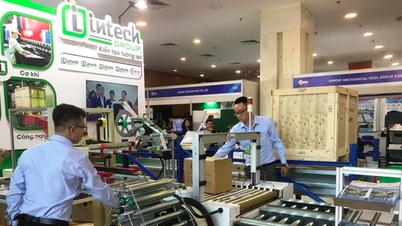
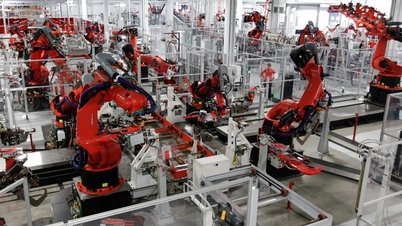

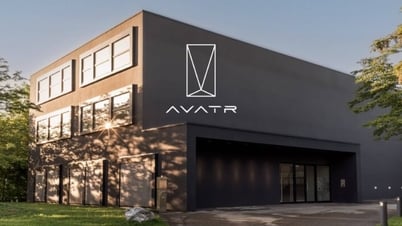

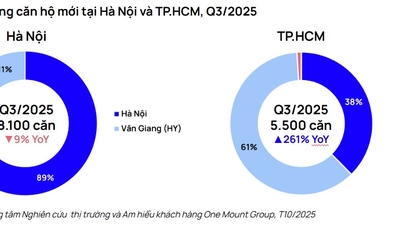

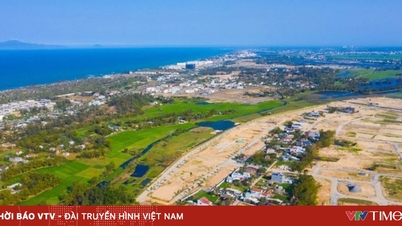


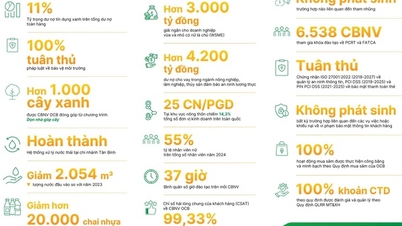
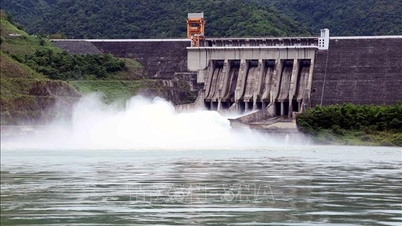
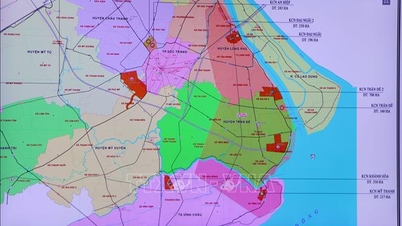





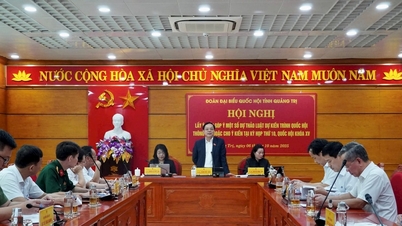
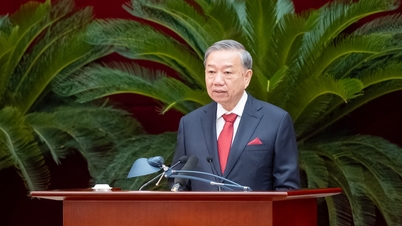
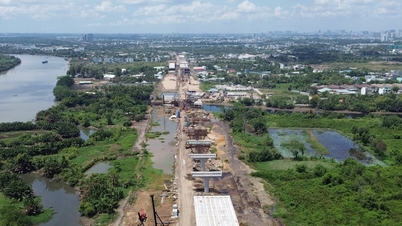
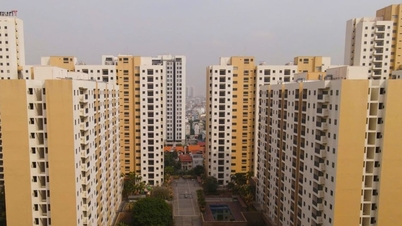





































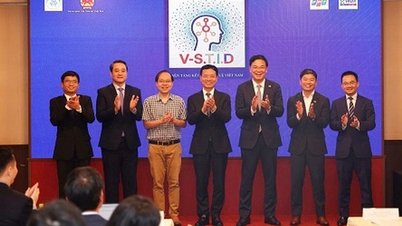



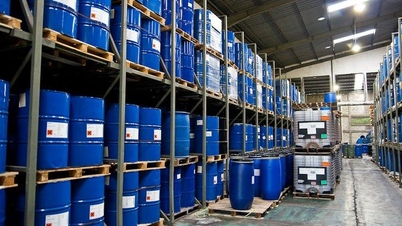








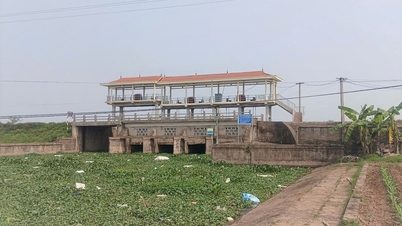
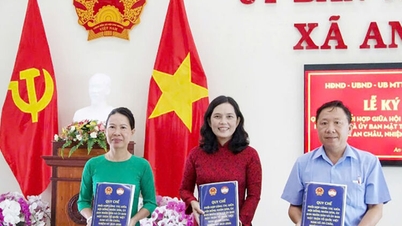

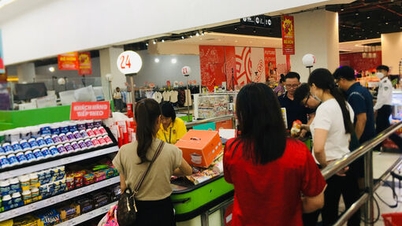

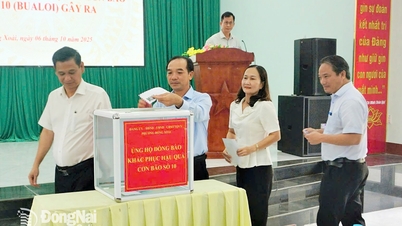














Comment (0)